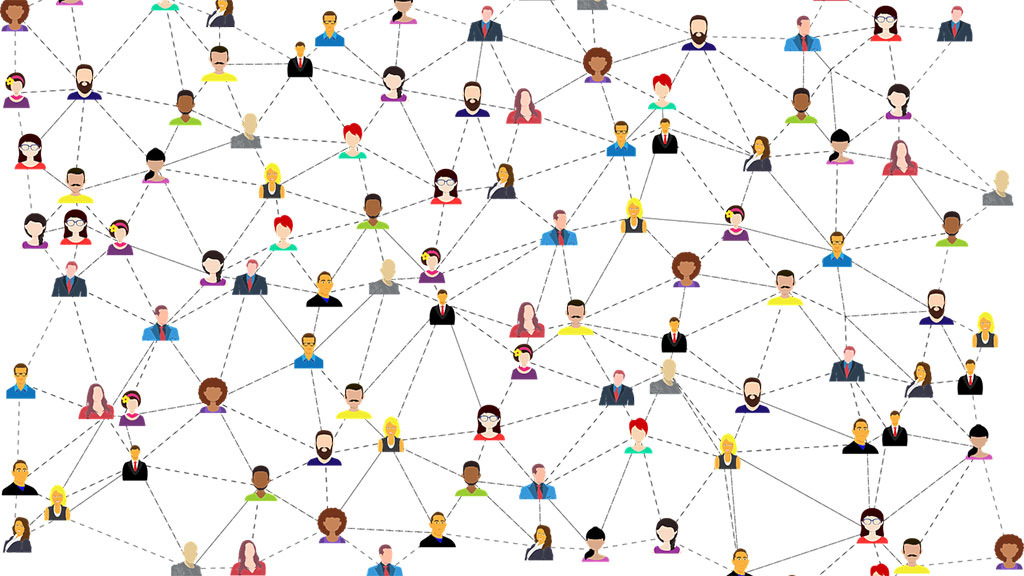A new digital tool fosters team learning and offers resources for the world of work
A new free software tool is available for education that promotes student autonomy and facilitates competency-based assessmentFolio, an e-portfolio tool, also serves as a gateway to the professional world

An innovative tool connects university students with the world of work and facilitates collaboration in class, according to a study published in the academic journal Realia. Research In Education and Learning Innovation Archives.
Folio is a tool already used by nearly 6,000 students at the Universitat Oberta de Catalunya (UOC) that responds to the challenges and opportunities of hybrid and online education. Based on the idea of professional portfolios, it offers a new way of assessing students' skills and promotes peer-to-peer communication.
Folio was chosen as an example of good teaching innovation practice by the Catalan Public University Association (ACUP) and developed by the UOC's eLearning Innovation Center (eLinC).
"Folio is a tool to empower students," explained Quelic Berga-Carreras, the lead author of the study, and a member of the UOC's eLearning Innovation Center and Faculty of Computer Science, Multimedia and Telecommunications. "It helps them create a digital identity that will accompany them throughout their university career. This lets students socialize, share their work and see the work of others. It serves to professionalize their activity as they use their folder as a public portfolio, visible in the net."
An e-portfolio for the entire university
The tool is simple to use. Students create a web page in the system and collect their classwork together there to build up a portfolio. This dossier can then be shared with the teaching staff or other students in the virtual classrooms or agoras (communication spaces for students), or they can use it to showcase their skills when they start looking for work.
Folio frees students from dependence on commercial social media which make money from their users' data. The UOC’s learning management system (LMS) has been integrated into WordPress, a free software platform for creating blogs and websites. As a plug-in for this content management system (CMS), it can be adapted to meet whatever needs arise.
"What we wanted to do with Folio is present a more horizontal model that better adapts to the new paradigm of online education and puts the student at the centre of learning," said Berga-Carreras. "We've tried to break with that model of the on-site classroom as a box (a place with walls that delimit the contents) and adapt to a virtual world where the spaces and times are different for everyone."
An adaptable, free tool
The Folio project was conceived in 2014 and the first stage was launched in 2018 in the Bachelor's Degree in Digital Design and Creation. Since then, the tool has been extended to other programmes and its features have been improved thanks to feedback from users: students and teaching staff.
"The main benefit for the students has been the ability to share work with their peers, with the consequent rise in self-esteem and a sense of the social value of their work," said one of the members of teaching staff interviewed.
Students also value the opportunity to showcase their work and learn from what their peers are doing. They also highlight the opportunities it offers them to enter the world of work. "It's had a positive effect in general. Being able to see how your peers have different approaches to the work helps you learn," said one student. "I think it's a system that should be used more because it could be a vital tool for finding work."
Folio is currently exclusive to the UOC, but, in the future, it is expected to expand to other universities, which would allow communication between institutions. There are also plans to integrate other assessment tools, such as the Graf system.
Examples of student's Folios:
https://lcapitan.folio.uoc.edu;
https://mhernandezve.folio.uoc.edu;
https://jballiu.folio.uoc.edu;
This UOC project supports Sustainable Development Goal (SDG) 4 (Quality Education).
Reference article:
BERGA-CARRERAS, Quelic and BARBERÀ, Elena. Viral learning from the university: a techno-pedagogical model to transcend classroom boundaries in the learning process.
Realia, Research in Education and Learning Innovation Archives. DOI: http://dx.doi.org/10.7203/realia.28.20977
UOC R&I
The UOC's research and innovation (R&I) is helping overcome pressing challenges faced by global societies in the 21st century, by studying interactions between technology and human & social sciences with a specific focus on the network society, e-learning and e-health.
Over 500 researchers and 51 research groups work among the University's seven faculties and two research centres: the Internet Interdisciplinary Institute (IN3) and the eHealth Center (eHC).
The University also cultivates online learning innovations at its eLearning Innovation Center (eLinC), as well as UOC community entrepreneurship and knowledge transfer via the Hubbik platform.
The United Nations' 2030 Agenda for Sustainable Development and open knowledge serve as strategic pillars for the UOC's teaching, research and innovation. More information: research.uoc.edu #UOC25years
Experts UOC
Press contact
-
Editorial department
